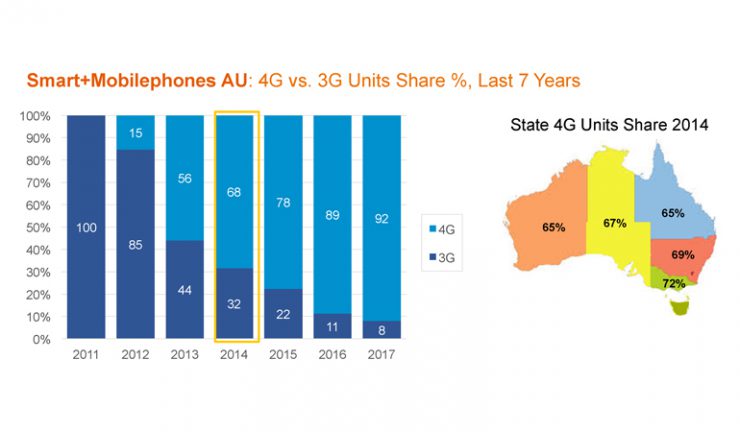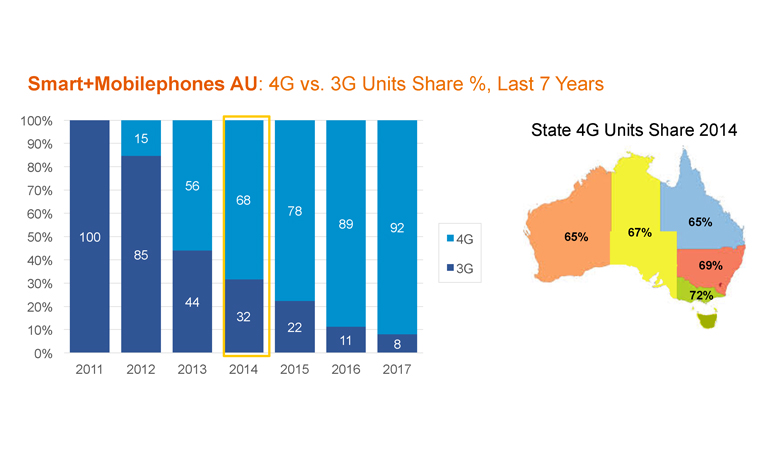Picking up 10 per cent of sales already.
There has been a lot of excitement building around the introduction of 5G, not only with its potential to impact the local smartphone market but also the growth of the Internet of Things (IoT).
Since 4G was rolled-out, consumers have become more data-hungry than ever, and innovations which demand more volume and speed of their online connection will be key to moving people onto 5G more quickly, setting the scene for the adoption of city and home automation via IoT.
5G has the capability to change the way consumers interact with all wireless devices, present and future, from smartphones to cars. Faster data speeds, ultra-low latency and a more connected world means that the consumer will notice a significant change in the way they use the internet and the benefits this can deliver to their lives. But is the consumer really aware of, and enthusiastic about, all these changes that 5G is expected to bring?

One of the first indicators comes from research firm GfK’s recent Point-of-Sale data, that showed 5G phones, supported by strong launch promotion activity, managed to sell more in one week than 4G sold in the first two months of sales. Where 4G managed to gain just 1 per cent share of sales in the first month of its launch, 5G has already managed a 10 per cent share of sales in one week of launch.
GfK senior account director for smartphones, Brendan Dowd, said 5G is likely to be a consideration in most new phone purchases from now on. “There are challenges to any new service, but 5G provides a real opportunity for both manufacturers and retailers to enhance their consumer‘s experience with their new device.”
GfK tracks mobile phone sales across the world and can access global data to benchmark Australia against other countries. It shows Australia was behind key countries in Asia for 4G take up, but ahead of Germany and the UK. It took Australia three years to get to 68 per cent unit share, now at 93 per cent, of all handsets sold.
Key flagship launches were crucial to increasing the share of 4G handsets sold and it will likely be a similar story for 5G. Although the first 4G handsets were on Android, the iPhone 5 LTE was the model that boosted 4G shares significantly.
According to GfK, further 5G adoption growth will likely be stimulated by competition for market share in this new area, as more players begin to rollout 5G models. Telstra was first cab off the rank with the launch of the HTC 5G Hub, a 5G mobile internet hotspot and smart hub that was launched in May 2019. Samsung and Telstra soon followed, recently launching the first 5G phone in Australia: the Galaxy S10 released in June 2019. Additional brands, such as Oppo and LG also have models due this month, with more brands coming soon.
The competition by telcos to buy access to the different radio waves through an auction process has also begun, with one network acquiring nearly half the 5G spectrum in the latest auction.
It is forecast that 10 per cent of APAC is expected to adopt 5G by 2022, with Australia likely to be ahead of the curve compared to some of the developing markets. GfK said it will be interesting to see what the future holds once the game-changing 5G network has a critical mass of consumers connected and it will be reporting on these changes on a weekly basis, as well as launching an IoT Consumer Index later.

